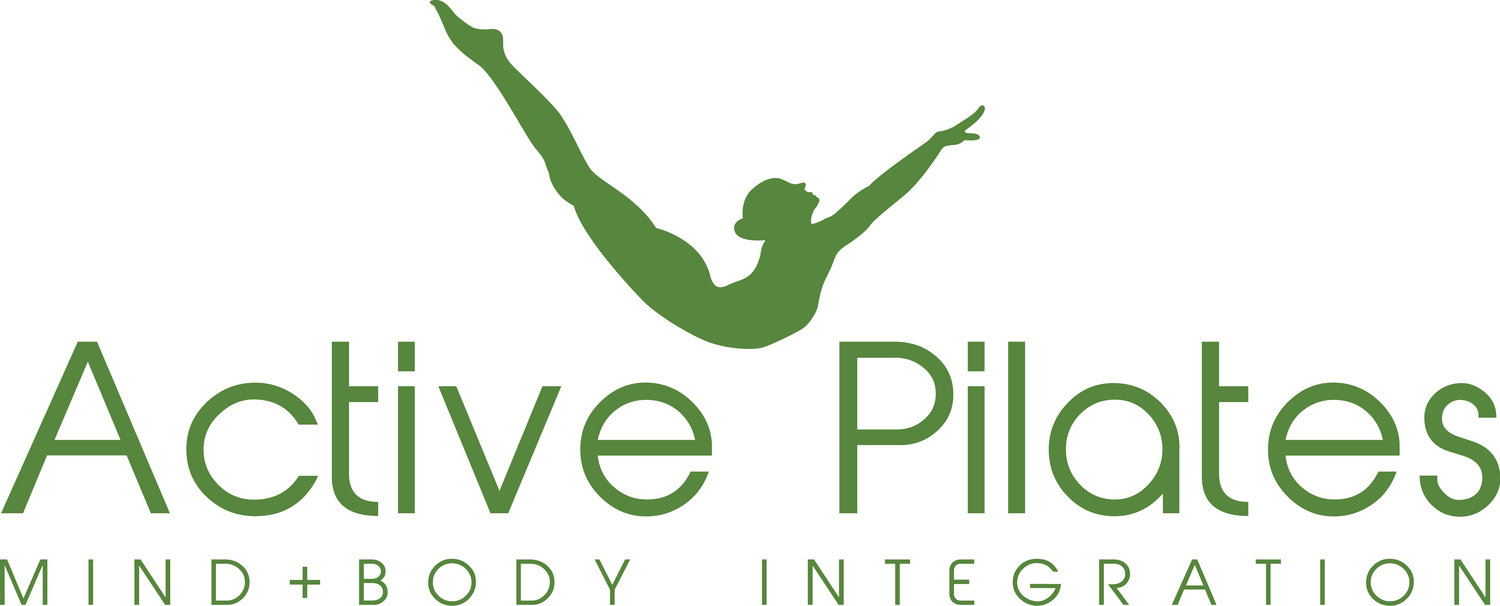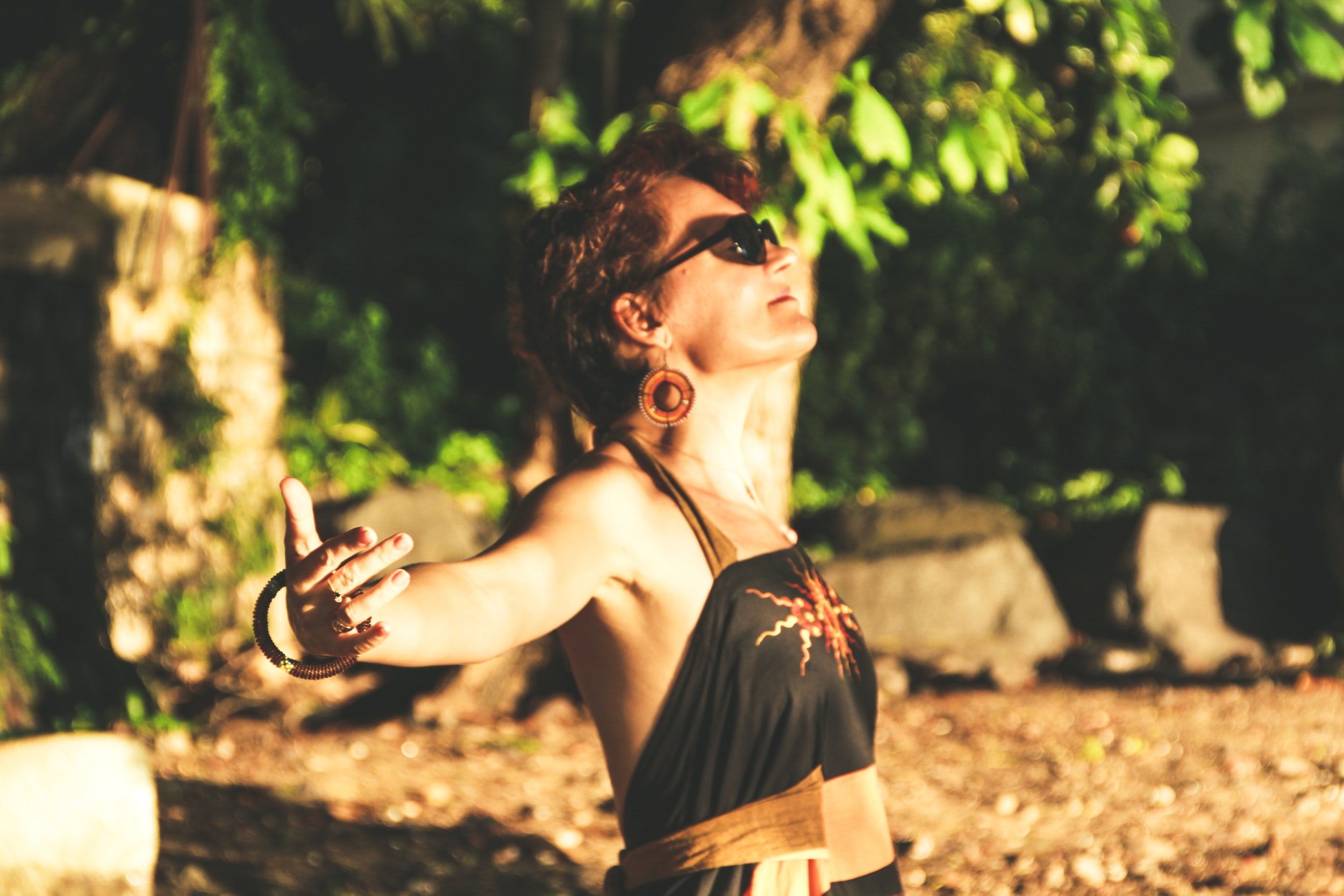Pilates beginners: tips to help you get the most from your practice
If you’ve made the decision to do begin practising Pilates, congratulations! Pilates is an excellent exercise for beginners and more advanced practitioners alike. That’s because it’s a progressive exercise. It’s the sort of activity that you can build upon, getting stronger and more flexible as you practice.
If you’re practicing Pilates on the mat (which is how we do things at Active Pilates), you don’t need any special equipment. And with hundreds exercises to work with, it’s easy to modify each exercise to suit your abilities.
My 4 top tips for Pilates beginners
Here are some tips on getting the most from your Pilates practice, especially if you’re a beginner:
1. Find a Pilates teacher that suits you
When you’re beginning your Pilates journey, it’s important to get things right. That’s why I always recommend joining a small group class when you start. That way, you get the personalised advice that you need – and it’s fun to be part of a friendly group.
Your Pilates instructor can demonstrate each movement and give you personalised guidance. Be prepared to ask questions if you’re not sure about some of the cues given by the teacher. They’re trained to help.
Exercising under the guidance of an experienced teacher will not only guarantee you get the most from your Pilates practice, it will help prevent injury.
2. Be patient
I’ll be upfront with you. You won’t get results overnight. Like most things worth doing, real, lasting change takes time.
What I will promise you is that if you’re prepared to learn the basic movements and practice regularly, you’ll see amazing results in your flexibility and strength over time.
We discussed how quickly you’ll see results from your Pilates practice in a previous blog here.
3. Get ready to learn to breathe again
Breathing is natural – right? Well, yes – but during exercising, people often hold their breath. This can be inefficient and stressful on the body.
J.H. Pilates, the founder of Pilates practice, said this about breathing:
“To breathe correctly you must completely exhale and inhale, always trying very hard to ‘squeeze’ every atom of impure air from your lungs in much the same manner that you would wring every drop of water from a wet cloth.”
Control over your breathing is one of the core principles of good Pilates practice. It’s something your Pilates instructor will teach you. As you relearn how to use your breath, you’ll find you have more stamina and will feel less fatigue during and after exercise.
4. Make a commitment to yourself
No-one can ‘make’ you stick to your Pilates routine. But making a commitment to a regular group class and some time for home practice, will pay off.
And you’ll feel so much better for it.


